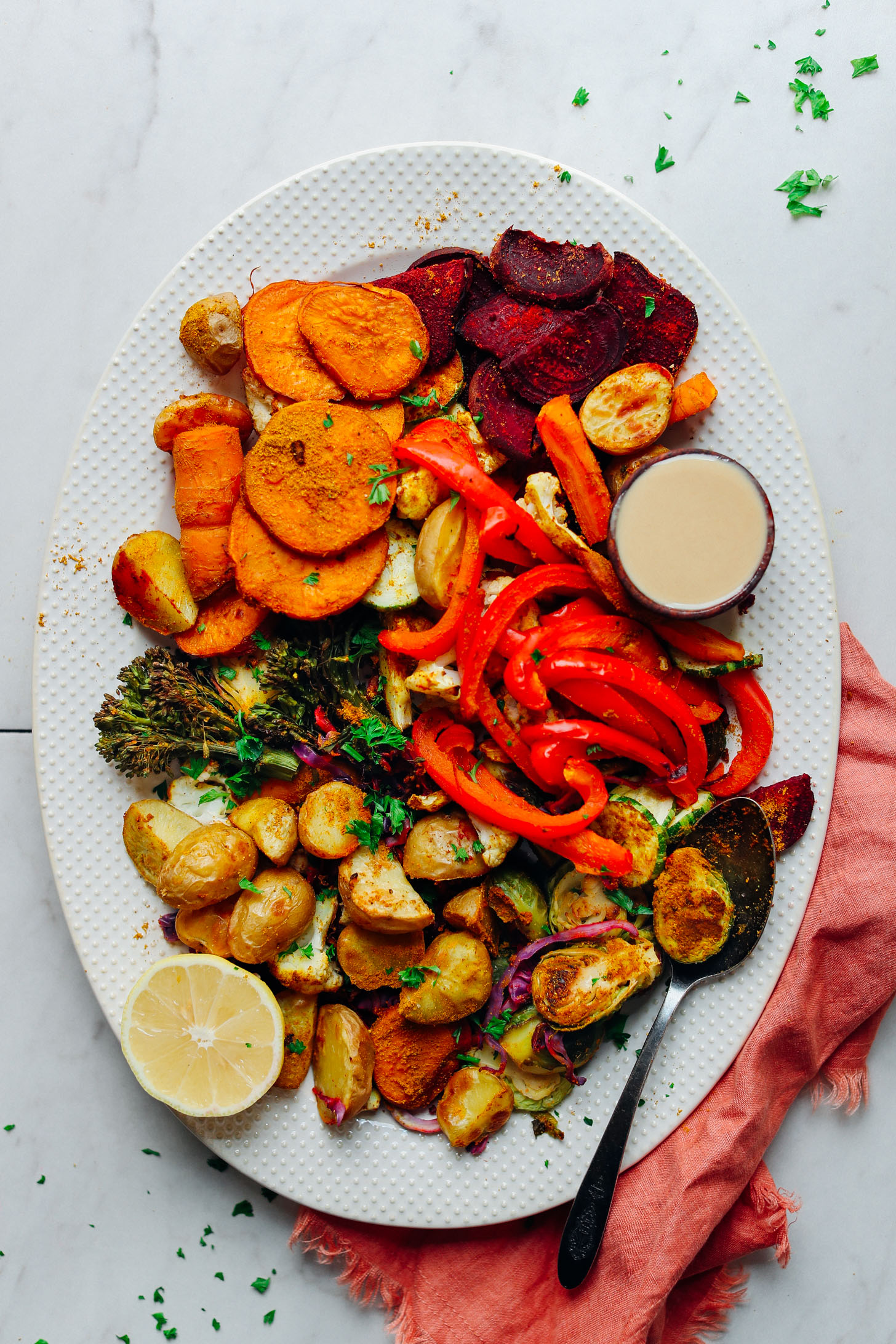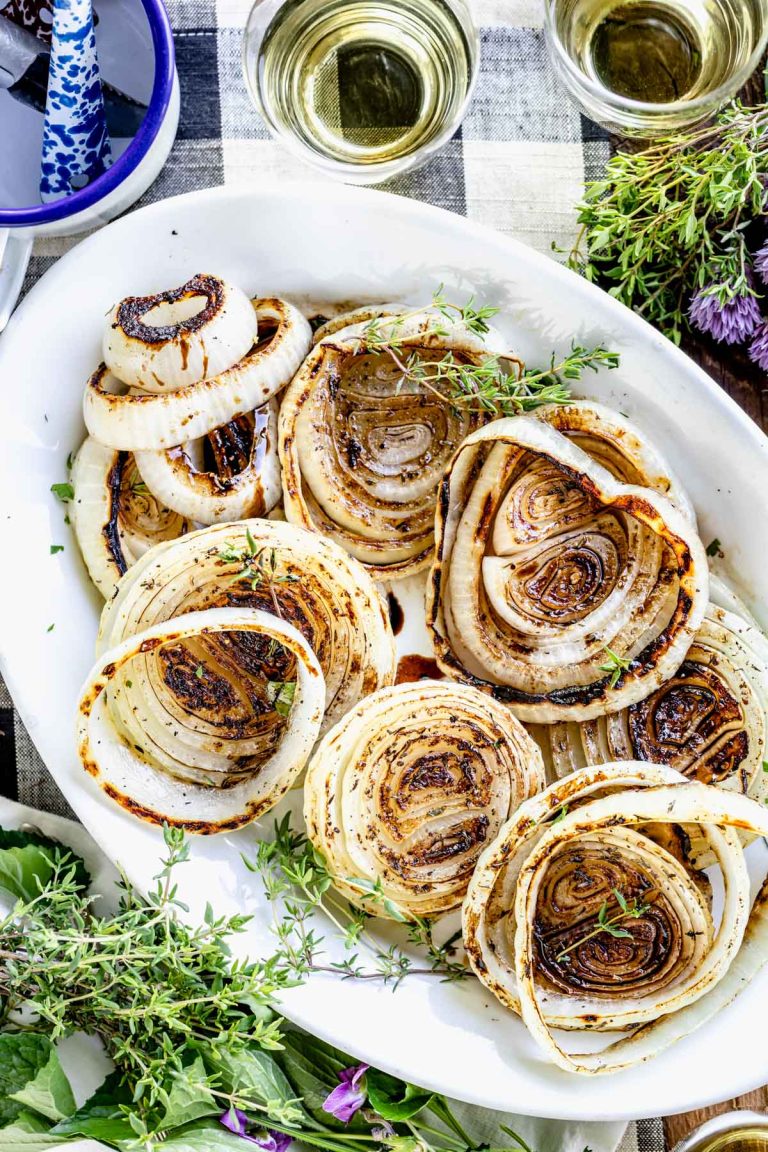Greens and Beans: Nutritional Benefits, Cooking Tips, and Delicious Recipes
Greens and beans refer to leafy green vegetables and various legumes. Leafy greens include spinach, kale, collard greens, and Swiss chard. Beans encompass legumes like chickpeas, black beans, lentils, and soybeans. These foods provide essential nutrients and are versatile in many culinary applications.
Health Benefits of Greens and Beans
Greens and beans benefit your health significantly. Leafy greens are rich in vitamins A, C, and K, providing antioxidants that support immune function. Examples include spinach and kale. Beans, such as chickpeas and lentils, are high in protein and fiber, promoting satiety and digestive health. A diet incorporating both can help maintain energy levels and support well-being.
Popular Greens and Beans Dishes
Traditional Greens and Beans Dishes
Traditional greens and beans dishes often highlight simple yet flavorful combinations of leafy greens and legumes. One classic example is “Greens and Beans,” an Italian-American dish featuring escarole and white beans. The greens sauté with garlic and olive oil before adding white beans and chicken broth, resulting in a hearty and nutritious meal.
Another traditional favorite is “Collard Greens and Black-eyed Peas,” a staple in Southern cuisine. The collard greens slow-cook with smoked ham hocks, onions, and seasonings, while the black-eyed peas simmer separately. Combining these elements offers a comfort food rich in nutrients.
Mediterranean cuisine often includes dishes like “Spinach and Chickpeas.” This dish sees spinach sauté with onions, garlic, and spices before combining with chickpeas. It’s often served over rice or with flatbread.
Modern Takes on Greens and Beans
Modern takes on greens and beans dishes bring innovative twists to traditional recipes. For instance, “Quinoa Salad with Kale and Cannellini Beans” incorporates protein-rich quinoa, fresh kale, and creamy cannellini beans, dressed with lemon vinaigrette.
In fusion cuisine, “(Miso Soup with Tofu and Bok Choy)” presents a Japanese-inspired dish where bok choy and tofu join miso broth, offering a light but nutritious meal that combines greens and beans elements.
Green Smoothie Bowls” featuring spinach and edamame provide a modern, healthy breakfast option. Blending spinach and edamame with fruits like bananas and berries, and topping with chia seeds and nuts, achieves a balanced and nutrient-dense meal.
These dishes demonstrate the versatility of greens and beans by adapting to modern tastes and dietary preferences.
Nutritional Profile of Greens and Beans
Key Vitamins and Minerals
Greens and beans are powerhouses of essential vitamins and minerals. Dark leafy greens like spinach and kale provide high levels of vitamins A, C, and K. For instance, a single cup of raw spinach offers 56% of the daily recommended intake (DRI) of vitamin A, 14% of vitamin C, and 181% of vitamin K, according to the USDA.
Beans, including chickpeas and lentils, are rich in folate, iron, and magnesium. One cup of cooked lentils contains 90% of the DRI for folate, 37% for iron, and 18% for magnesium. These nutrients are crucial for red blood cell production, oxygen transport, and muscle and nerve function.
Dietary Fiber and Protein Content
Dietary fiber and protein found in greens and beans aid in various bodily functions. Greens like kale supply significant dietary fiber, with one cup of raw kale containing around 2.6 grams of fiber. This supports digestive health and helps regulate blood sugar levels.
Beans are excellent protein sources. For example, one cup of cooked chickpeas provides approximately 14.5 grams of protein. Including both greens and beans in your diet ensures a steady intake of plant-based protein, crucial for muscle repair and growth.
| Nutrient | Greens (Spinach, Kale) | Beans (Chickpeas, Lentils) |
|---|---|---|
| Vitamin A | 56% DRI per cup (Spinach) | N/A |
| Vitamin C | 14% DRI per cup (Spinach) | N/A |
| Vitamin K | 181% DRI per cup (Spinach) | N/A |
| Folate | N/A | 90% DRI per cup (Lentils) |
| Iron | N/A | 37% DRI per cup (Lentils) |
| Magnesium | N/A | 18% DRI per cup (Lentils) |
| Fiber | 2.6g per cup (Kale) | N/A |
| Protein | N/A | 14.5g per cup (Chickpeas) |
Cooking Tips for Greens and Beans
Best Practices for Cooking Greens
Cooking greens like spinach, kale, and swiss chard requires careful methods to preserve their nutrients and enhance their flavors. To achieve the best results, blanch your greens in boiling water for 1-3 minutes, then immediately transfer them to ice water. This method helps maintain their vibrant color and nutrient content. For sautéing, use a small amount of olive oil and garlic, cooking the greens just until wilted, which usually takes about 3-5 minutes. To avoid overcooking, stir continuously. Steaming is another excellent method; it takes only 5-7 minutes and helps retain most of the vitamins.
How to Incorporate Beans for Optimal Flavor
Integrating beans like chickpeas, black beans, and lentils into your dishes can elevate their taste and nutritional value. To boost flavor, start by rinsing canned beans under cold water to remove excess sodium and improve texture. If using dried beans, soak them overnight and cook for 1-2 hours with aromatics like garlic, bay leaves, and onion to infuse flavor. Beans blend seamlessly into salads, soups, and stews. For a flavorful twist, roast chickpeas with olive oil and spices at 400°F for 20-30 minutes until crispy. This technique adds a crunchy texture that’s perfect for snacking or as a salad topping.
Conclusion
Exploring the world of greens and beans can transform your meals into nutrient-packed delights. By incorporating these versatile ingredients into your diet, you’ll boost your immune system, enhance digestive health, and maintain energy levels. Simple cooking techniques like blanching, sautéing, and steaming ensure you preserve their nutritional value while enhancing flavors.
Rinsing and soaking beans can significantly improve their taste and nutritional benefits. Adding aromatics like garlic and onion elevates your dishes, making them more flavorful and satisfying. Whether you’re roasting chickpeas for a crunchy snack or adding beans to soups and salads, greens and beans offer endless culinary possibilities.
Embrace these ingredients in your cooking routine and enjoy the myriad health benefits they bring.






